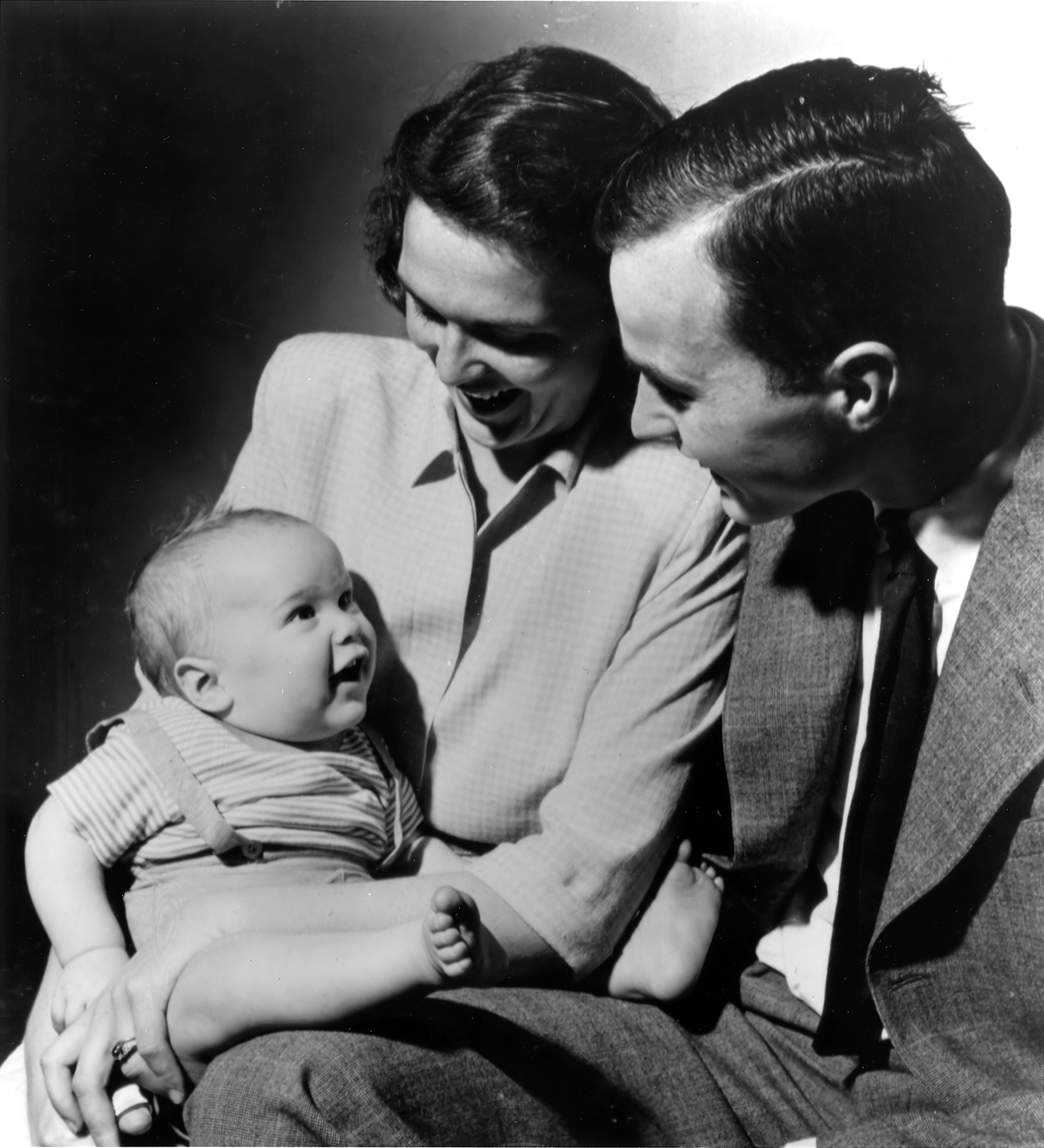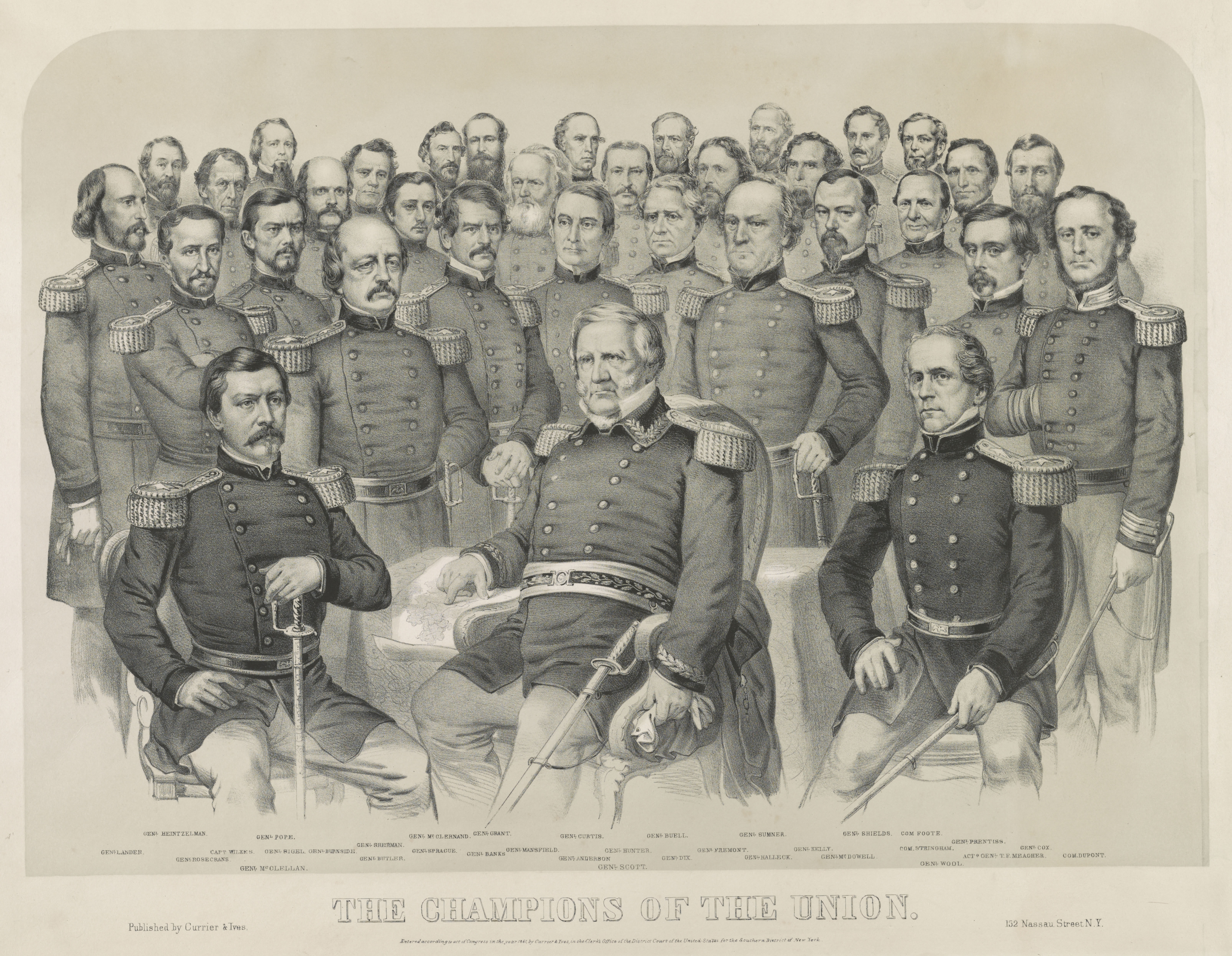|
Clark Point
Clark Point () is an ice-covered headland at the east side of the entrance to Paulding Bay. It was delineated by G.D. Blodgett (1955) from aerial photographs taken by U.S. Navy Operation Highjump (1946–47), and named by the Advisory Committee on Antarctic Names for George W. Clark, Midshipman on the sloop ''Peacock'' during the United States Exploring Expedition The United States Exploring Expedition of 1838–1842 was an exploring and surveying expedition of the Pacific Ocean and surrounding lands conducted by the United States. The original appointed commanding officer was Commodore Thomas ap Catesby ... (1838–42) under Lieutenant Charles Wilkes. References * Headlands of Wilkes Land {{WilkesLand-geo-stub ... [...More Info...] [...Related Items...] OR: [Wikipedia] [Google] [Baidu] |
Paulding Bay
Paulding Bay is a bay along the coast of Antarctica just west of Clark Point. The outer portions of the bay are bounded by the Moscow University Ice Shelf and the Voyeykov Ice Shelf. It was mapped by G. D. Blodgett (1955) from aerial photographs obtained by USN Operation Highjump (1946–47), and named by the Advisory Committee on Antarctic Names (US-ACAN) for James K. Paulding, Secretary of the Navy under President Martin Van Buren. Paulding had previously served as U.S. Navy agent for New York and was instrumental in the outfitting of the United States Exploring Expedition (1838–42) under Lt. Charles Wilkes Charles Wilkes (April 3, 1798 – February 8, 1877) was an American naval officer, ship's captain, and explorer. He led the United States Exploring Expedition (1838–1842). During the American Civil War (1861–1865), he commanded ' during the .... Bays of Wilkes Land {{WilkesLand-geo-stub ... [...More Info...] [...Related Items...] OR: [Wikipedia] [Google] [Baidu] |
Advisory Committee On Antarctic Names
The Advisory Committee on Antarctic Names (ACAN or US-ACAN) is an advisory committee of the United States Board on Geographic Names responsible for recommending commemorative names for features in Antarctica. History The committee was established in 1943 as the Special Committee on Antarctic Names (SCAN). It became the Advisory Committee on Antarctic Names in 1947. Fred G. Alberts was Secretary of the Committee from 1949 to 1980. By 1959, a structured nomenclature was reached, allowing for further exploration, structured mapping of the region and a unique naming system. A 1990 ACAN gazeeter of Antarctica listed 16,000 names. Description The United States does not recognise territorial boundaries within Antarctica, so ACAN assigns names to features anywhere within the continent, in consultation with other national nomenclature bodies where appropriate, as defined by the Antarctic Treaty System. The research and staff support for the ACAN is provided by the United States Geolog ... [...More Info...] [...Related Items...] OR: [Wikipedia] [Google] [Baidu] |
George W
George Walker Bush (born July 6, 1946) is an American politician who served as the 43rd president of the United States from 2001 to 2009. A member of the Republican Party, Bush family, and son of the 41st president George H. W. Bush, he previously served as the 46th governor of Texas from 1995 to 2000. While in his twenties, Bush flew warplanes in the Texas Air National Guard. After graduating from Harvard Business School in 1975, he worked in the oil industry. In 1978, Bush unsuccessfully ran for the House of Representatives. He later co-owned the Texas Rangers of Major League Baseball before he was elected governor of Texas in 1994. As governor, Bush successfully sponsored legislation for tort reform, increased education funding, set higher standards for schools, and reformed the criminal justice system. He also helped make Texas the leading producer of wind powered electricity in the nation. In the 2000 presidential election, Bush defeated Democratic incumb ... [...More Info...] [...Related Items...] OR: [Wikipedia] [Google] [Baidu] |
USS Peacock (1813)
USS ''Peacock'' was a sloop-of-war in the United States Navy during the War of 1812. ''Peacock'' was authorized by Act of Congress 3 March 1813, laid down 9 July 1813, by Adam and Noah Brown at the New York Navy Yard, and launched on 19 September 1813. The ''Peacock'' served in the War of 1812, capturing twenty ships. Subsequently, the ship served in the Mediterranean Squadron, and in the "Mosquito Fleet," which fought to suppress Caribbean piracy. She patrolled the South American coast during the colonial wars of independence. The ''Peacock'' was decommissioned in 1827 and broken up in 1828 to be rebuilt as USS ''Peacock'', intended as an exploration ship. It sailed as part of the United States Exploring Expedition in 1838. ''Peacock'' ran aground and broke apart on the Columbia Bar without loss of life in 1841. War of 1812 During the War of 1812, ''Peacock'' made three cruises under the command of Master Commandant Lewis Warrington. Departing New York 12 March 1814, she s ... [...More Info...] [...Related Items...] OR: [Wikipedia] [Google] [Baidu] |
United States Exploring Expedition
The United States Exploring Expedition of 1838–1842 was an exploring and surveying expedition of the Pacific Ocean and surrounding lands conducted by the United States. The original appointed commanding officer was Commodore Thomas ap Catesby Jones. Funding for the original expedition was requested by President John Quincy Adams in 1828; however, Congress would not implement funding until eight years later. In May 1836, the oceanic exploration voyage was finally authorized by Congress and created by President Andrew Jackson. The expedition is sometimes called the U.S. Ex. Ex. for short, or the Wilkes Expedition in honor of its next appointed commanding officer, United States Navy Lieutenant Charles Wilkes. The expedition was of major importance to the growth of science in the United States, in particular the then-young field of oceanography. During the event, armed conflict between Pacific islanders and the expedition was common and dozens of natives were killed in act ... [...More Info...] [...Related Items...] OR: [Wikipedia] [Google] [Baidu] |
Charles Wilkes
Charles Wilkes (April 3, 1798 – February 8, 1877) was an American naval officer, ship's captain, and explorer. He led the United States Exploring Expedition (1838–1842). During the American Civil War (1861–1865), he commanded ' during the Trent Affair in which he stopped a Royal Mail ship and removed two Confederate diplomats, which almost led to war between the United States and the United Kingdom. Early life and career Wilkes was born in New York City, on April 3, 1798, as the great nephew of the former Lord Mayor of London John Wilkes. His mother was Mary Seton, who died in 1802 when Charles was just three years old. As a result, Charles was raised by his aunt, Elizabeth Ann Seton, who would later convert to Roman Catholicism and become the first American-born woman canonized a saint by the Catholic Church. When Elizabeth was left widowed with five children, Charles was sent to a boarding school, and later attended Columbia College, which is the present-day Columbia Un ... [...More Info...] [...Related Items...] OR: [Wikipedia] [Google] [Baidu] |


.jpg)
